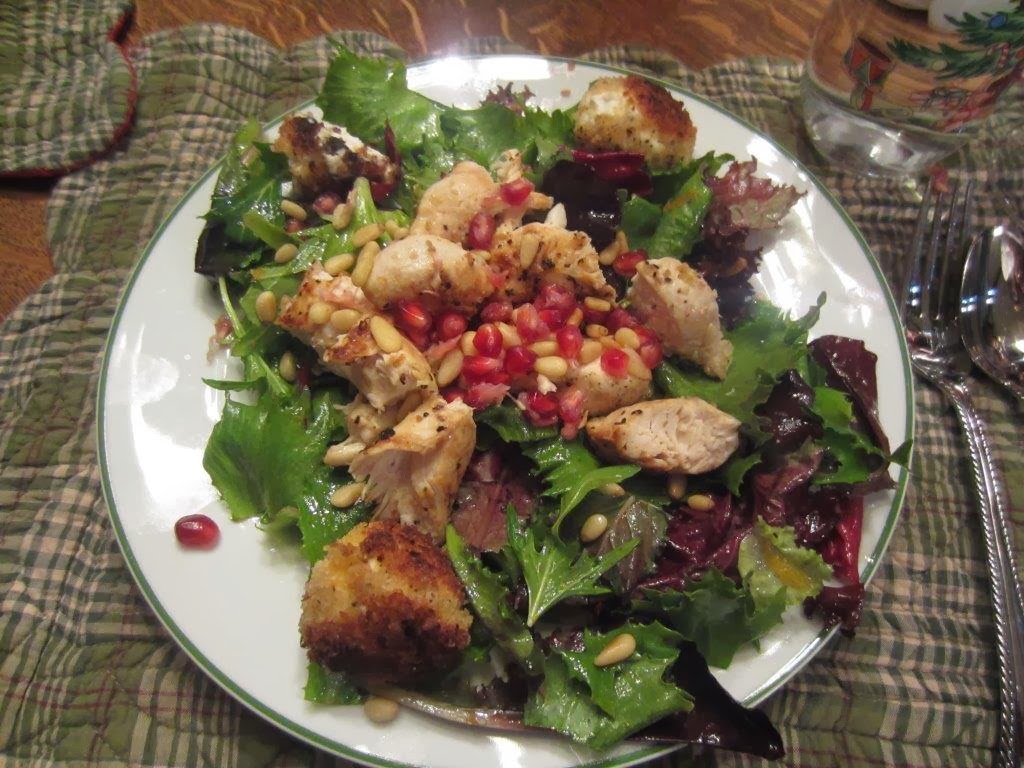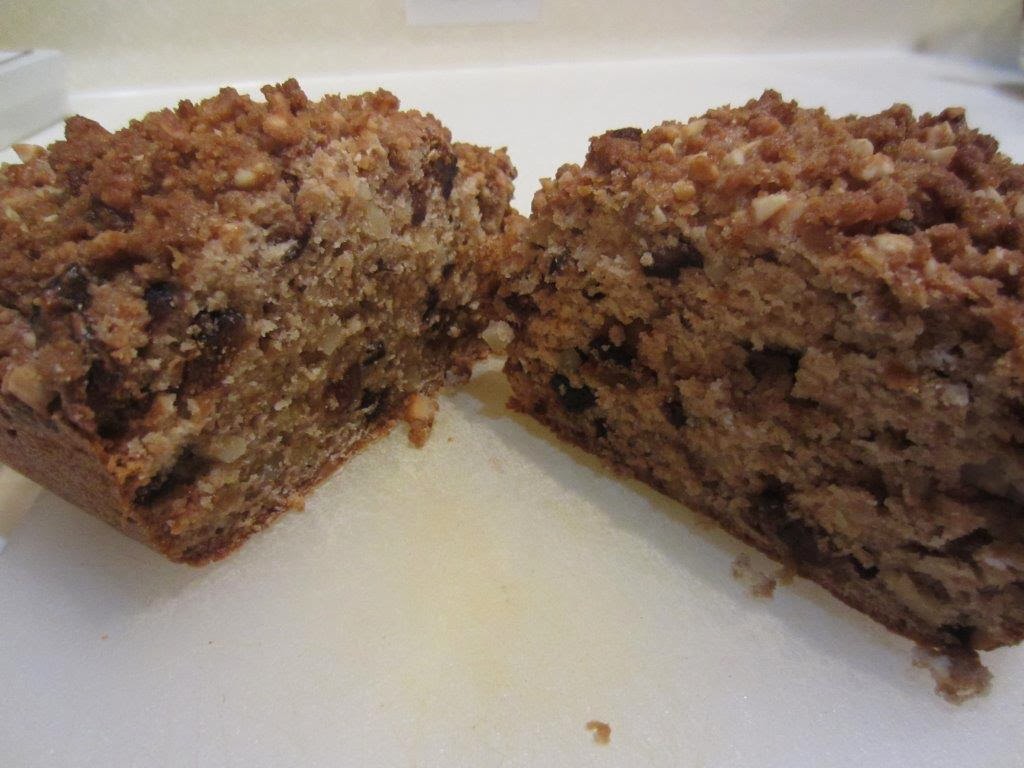Enjoy Your Leafy Greens!
Kale: Popular in northern Europe and now throughout the U.S., kale is a nutrient-dense cruciferous vegetable. It’s an excellent source of lutein and vitamins A, C and K, and a good source of calcium. Choose kale with dark green, small to medium-sized leaves free of any yellowing. Enjoy kale raw, braised, sautéed or in soup.
Spinach: A natural hydrator, raw spinach is 91 percent water. Spinach is an excellent source of vitamins A, C and K, folate, potassium and fiber. Because of its high water content, cooked spinach is significantly higher in these nutrients. Enjoy spinach raw in salad or sandwiches or cooked in soups, stews and side dishes.
NUTRITION LABEL MAKEOVER
3 Ways To Boost Your Metabolism
“Real Food” Facts
Those that nature give us, plant, roots, fruits, nuts, seeds, meats, eggs, milk and those made from it. Fake foods are those that human beings create trying to imitate the natural food.
The Research
There is plenty of research to support the consumption of real food. Numerous studies have found epidemiological evidence that eating whole foods(particularly plants) has a protective effect on health and reduces risk of chronic disease.
Regular consumption of fruits and vegetables is associated with reduced risks of:
- Cancer
- Cardiovascular disease
- Stroke
- Alzheimer disease
- Cataracts
- Some of the functional declines associated with aging
Source: http://www.stumbleupon.com/su/2n7qgY/:6ttGnxSk:nnVCi0o!/www.precisionnutrition.com/what-are-your-4-lbs/#
Super Bowl Sunday Healthy Snack
8 ounces lean ground beef
2 onion, diced
1 red bell pepper, diced
1 green bell pepper, diced
1 tsp chili powder
1/2 tsp garlic powder
1/2 tsp oregano
1/2 tsp paprika
1/2 tsp cumin
1/4 tsp salt
1 cup beans {any kind; I used red kidney beans}
6 oz. tortilla chips {check serving size for amount}
1-1/4 cup (5 oz.) shredded reduced-fat cheese
toppings:
1 avocado, diced
2 roma tomatoes, cored, seeded, & diced
1 green onion, diced
jalapenos, if desired
salsa
Nutrition Facts per 1/4 recipe using 93/7 beef:
Nutrition Facts per 1/8 recipe using 93/7 beef:
Goat Cheese/Chicken Tenders and Pomegranate Salad
Looking for an awesome winter salad to enjoy? You have just found it! When my daughter was here over the holidays she found this recipe and prepared it for all of us. Yes, my daughter is a great cook and loves to entertain (wonder who taught her the JOY of cooking). I encourage you to try this salad and I’m sure you will love it as much as we did!
In case your mind is taking you to: cheese, fried, oil, salad dressing with oil, bread crumbs how on earth can this be healthy? Let me remind you of the portions…..less than 2oz. of cheese, you’re not drinking the oil, salad dressing is drizzled not ‘poured’ on your salad and the bread crumbs would equate to less than a slice of bread, the chicken is baked. Nutrient rich dark greens, pomegranate rubies, small amount of orange juice, pine nuts and protein from the cheese and chicken.
PLEASE allow yourself the pleasure of enjoying a healthy awesome meal with no regrets! Carol Banister
Goat Cheese/Chicken Tenders and Pomegranate Salad
GOAT CHEESE ingredients:
10 oz. goat cheese
1 c. flour
2 eggs beaten
2 c. Panko breadcrumbs
Olive oil for frying
Slice goat cheese into 1 “ rounds. Coat, each round first in the flour, then in the beaten egg and finally in the breadcrumbs.
Fry in the hot oil until golden brown.
Remove from the oil and drain on kitchen towel.
CHICKEN TENDERS ingredients:
Preheat oven to 375 deg.
1 ½ lb chicken tenders
1 ½ c flour
2 eggs beaten
¼ c. milk
2 c. Panko bread crumbs
Salt and pepper
Season chicken tenders with salt and pepper.
Beat eggs with milk.
Dredge chicken tenders through flour, (shake off any excess flour), then through egg mixture, then through bread crumbs.
Place chicken tenders onto a baking sheet and bake until golden brown, approximately 12-15 minutes.
Cut tenders into bite size chunks.
SALAD ingredients:
1 c. pomegranate rubies
4 oz. pine nuts, toasted
Salad greens – use dark colored greens for more nutrients
DRESSING ingredients:
1/3 c. orange juice
1 tsp. orange zest
½ c. olive oil
2 TLB sugar
¼ tsp. ground cloves
Pinch of sea salt
2 Tlb red wine vinegar mixed with ½ Tlb. Honey
Mix all ingredients together, shake to combine. Refrigerate until ready to serve.
On dinner plate place salad greens, 2 rounds of goat cheese, 2-3 oz. baked chicken pieces, sprinkle pomegranate rubies and pine nuts over the top. Drizzle with dressing—VOILA —- a beautiful awesome winter salad!
Fig Almond Bread
Fig Almond Bread
Streusel:
2 ½ Tlb brown sugar
2 Tlb all purpose flour
1 ½ Tlb coarsely chopped almonds
1 Tlb chilled butter
1/8 tsp cinnamon
1 c. dried figs
½ c. boiling water
Cooking spray
1 Tlb all-purpose flour
2 large egg whites
1 large egg
¾ c applesauce
1/3 c. plain fat-free yogurt
¼ c canola oil
½ tsp almond extract
¾ c. granulated sugar
6.75 oz. all purpose flour (about 1 ½ c)
2.5 oz. whole wheat flour (about ½ c)
1/3 c chopped almonds, toasted
1 tsp baking powder
1 tsp cinnamon
½ tsp salt
½ tsp baking soda
Preparation:
Pre-heat oven to 350 deg.
To prepare streusel:
Combine first 5 ingredients in a small bowl, stirring with a fork until crumbly, set aside.
To prepare bread:
Combine figs and ½ c boiling water in a small bowl; let stand 30 minutes.
Coat 2 (8 inch) loaf pans with cooking spray, dust with 1 Tlb flour.
Place egg whites and egg in a medium bowl; stir well with a whisk. Add applesauce, yogurt, oil and almond extract, stir well. Add sugar, stir well
Combine flours and remaining ingredients in a large bowl, stirring with a whisk. Drain figs and coarsely chop. Add figs and applesauce mixture to flour mixture, stirring until just combined. Divide batter between prepared pans. Sprinkle streusel over batter. Bake at 350 deg for 55 minutes or until a wooden pick inserted in the center comes out clean. Cool in pans for 15 minutes on a wire rack; remove from pans. Cool completely on wire rack.
“MAN LOSES 37 POUNDS ONLY EATING MCDONALDS”
Calcium Boosting Tips
Here are a few tips to boost your calcium:
- Drink an 8-ounce glass of milk with your meal. Fat-free and low-fat milk have the same amount of calcium as whole milk.
- Add low-fat or fat-free milk to coffee or tea.
- Make oatmeal with milk instead of water.
- Eat 1 cup of low-fat or fat-free yogurt with fruit for breakfast or a snack.
- Melt low-fat or fat-free cheese on a whole-grain bagel, tortilla or English muffin.
High Calcium Foods
1 cup or milk, yogurt, pudding, or 1 ½ ounce cheese
Non-fat or low-fat milk or buttermilk
Low-fat chocolate milk
Non-fat or low-fat yogurt
Low-fat cheese
1/2 cup of each of the following:
Source: http://www.eatright.org/Public/content.aspx?id=6794



